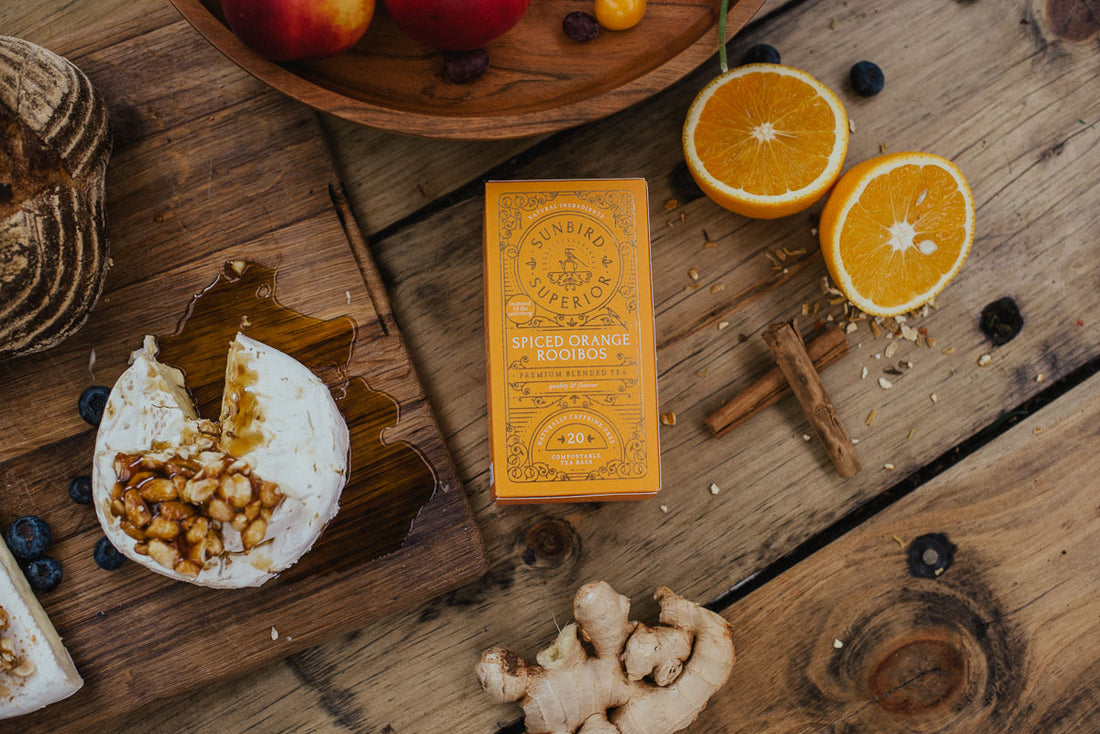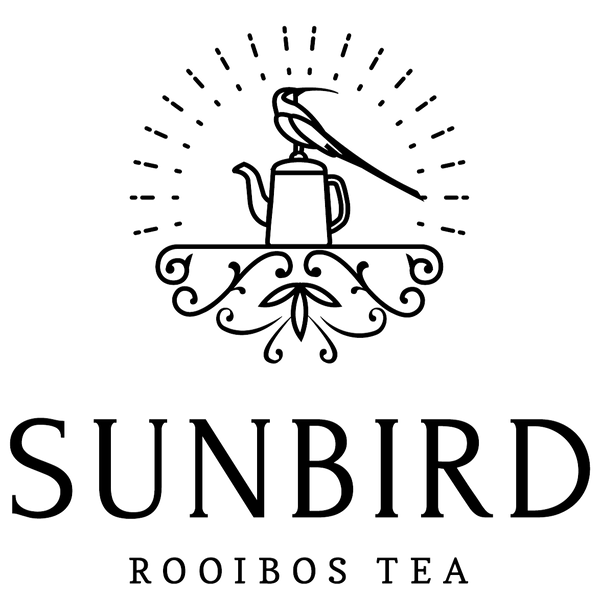
Cinnamon - a gift from Sri Lanka to the world
Share
The pungent aroma of cinnamon is unmistakable, usually evoking dreams of hot cinnamon rolls from the oven. Cinnamon was once so highly prized that wars were fought over it, and it was used as currency. We added delicious cinnamon into our Spiced Orange Rooibos and Rooibos Chai.
Two types of cinnamons
Cinnamon has two main varieties, Cinnamomum cassia (also known as Cinnamomum aromaticum) and Cinnamomum zeylanicum. Sri Lanka produces the largest quantity and best quality of cinnamon. Cinnamomum zeylanicum, also known as Ceylon cinnamon (the source of its Latin name, zeylanicum) or “true cinnamon” is indigenous to Sri Lanka.
The Short History of Cinnamon
True cinnamon dates back in Chinese writings to 2800 B.C. Its botanical name derives from the Hebraic and Arabic term amomon, meaning fragrant spice plant. Ancient Egyptians used cinnamon in their embalming process. From their word for cannon, Italians called it canella, meaning "little tube," which aptly describes cinnamon sticks.
In the 17th century, the Dutch seized the world's largest cinnamon supplier, the island of Ceylon, from the Portuguese and they preserved their monopoly until France's victory over Holland during the Revolutionary Wars. Ceylon was seized by the English in the end of 17th century, but by 1833, the downfall of the cinnamon monopoly had begun. In 2017, four countries accounted for 99% of the world total: Indonesia, China, Vietnam and Sri Lanka.
